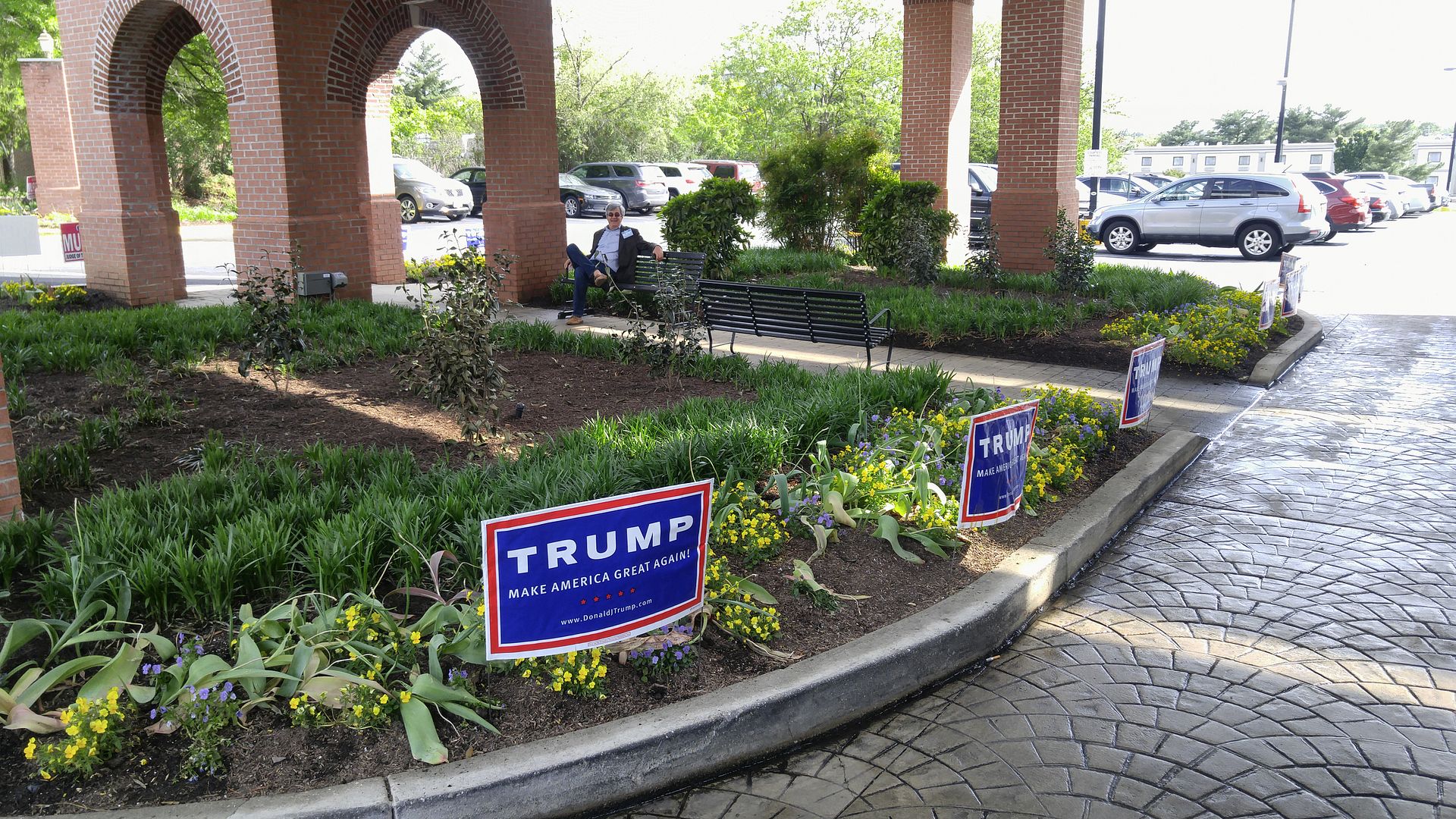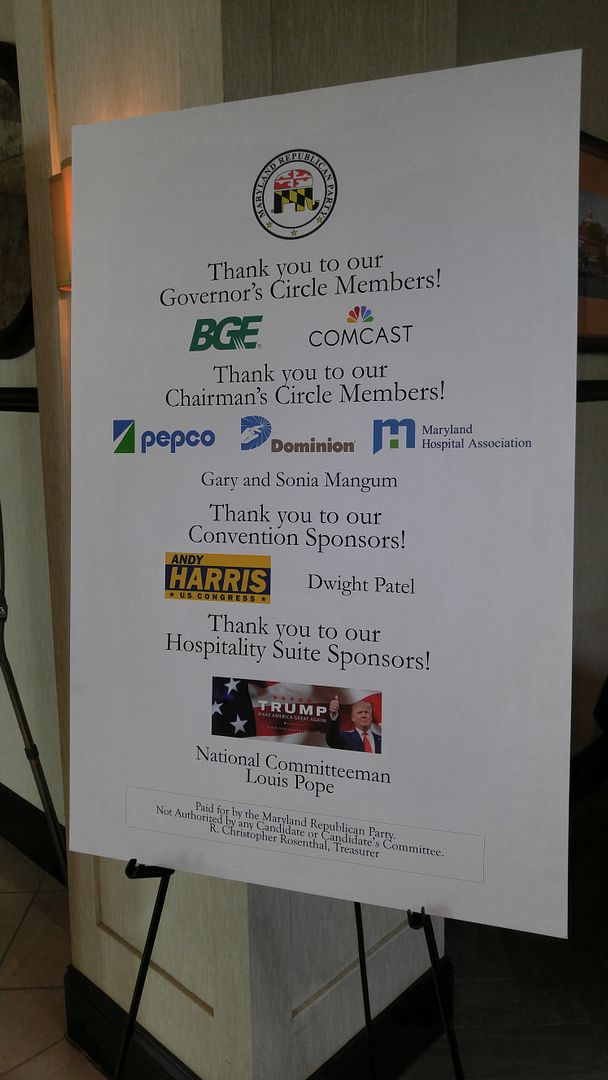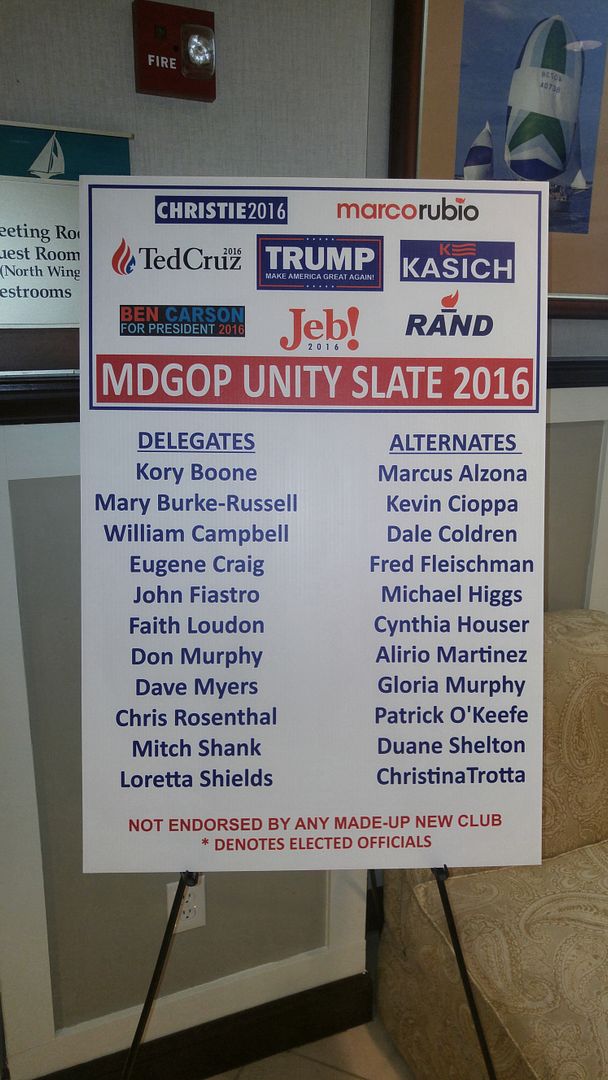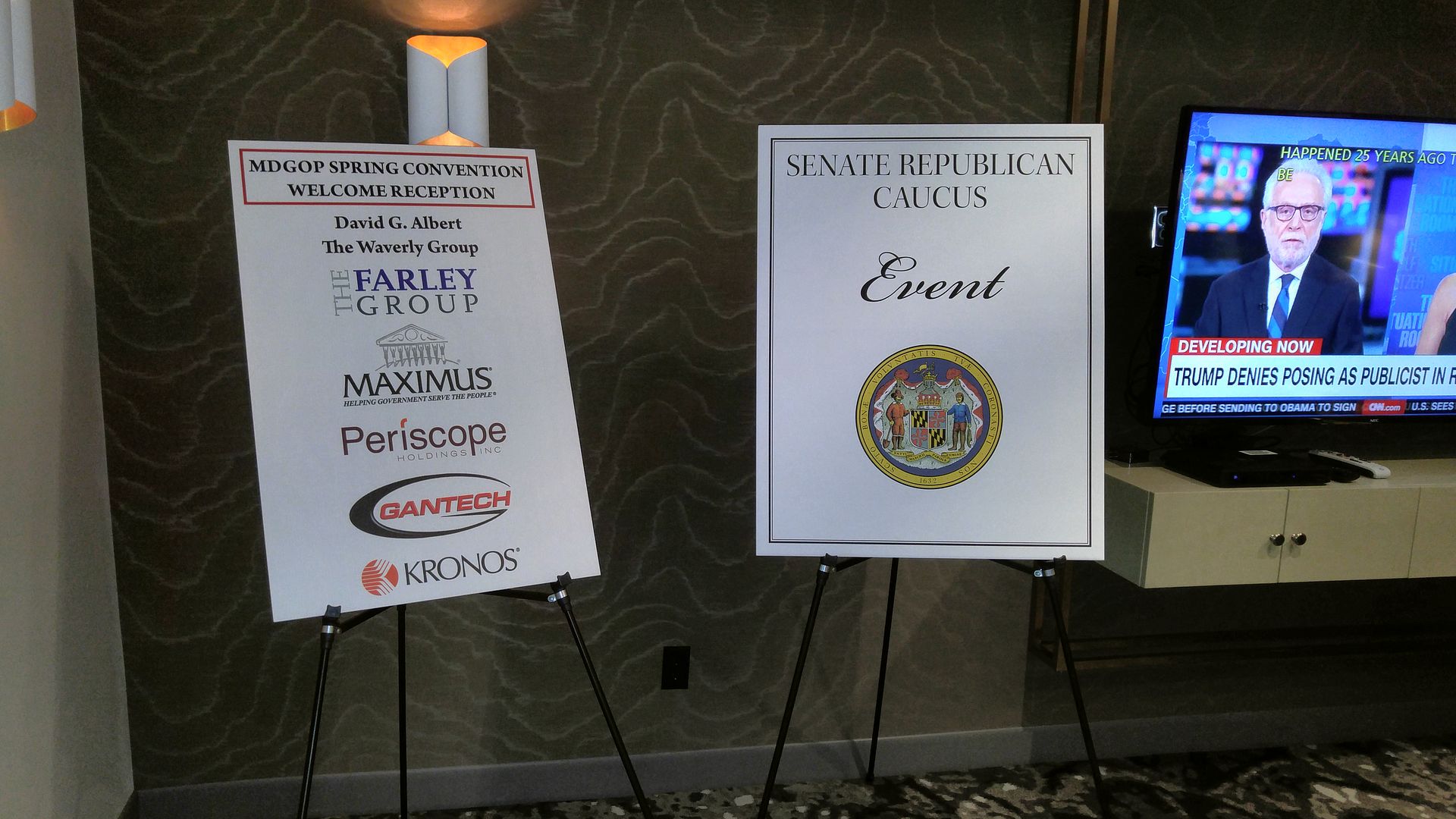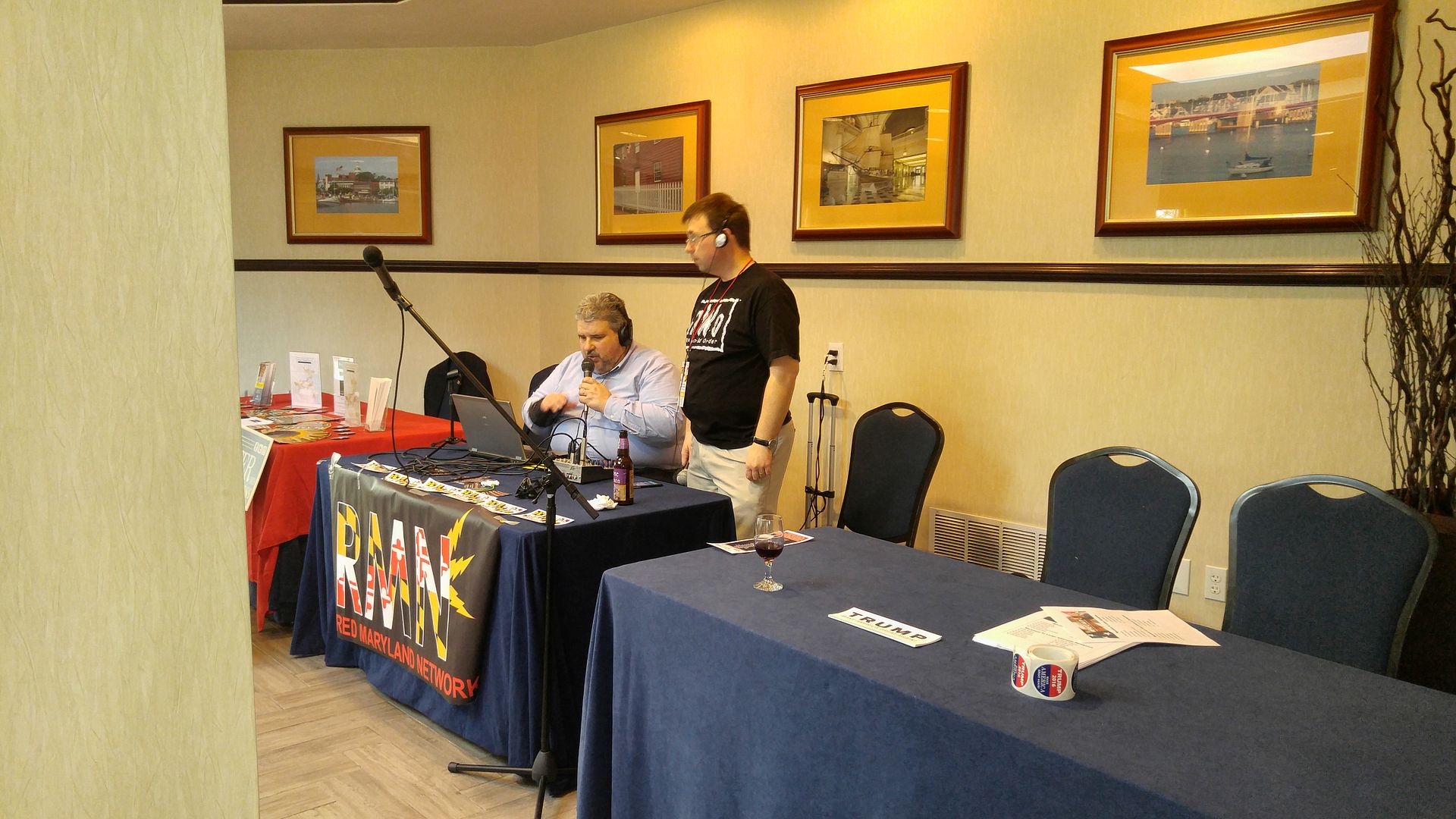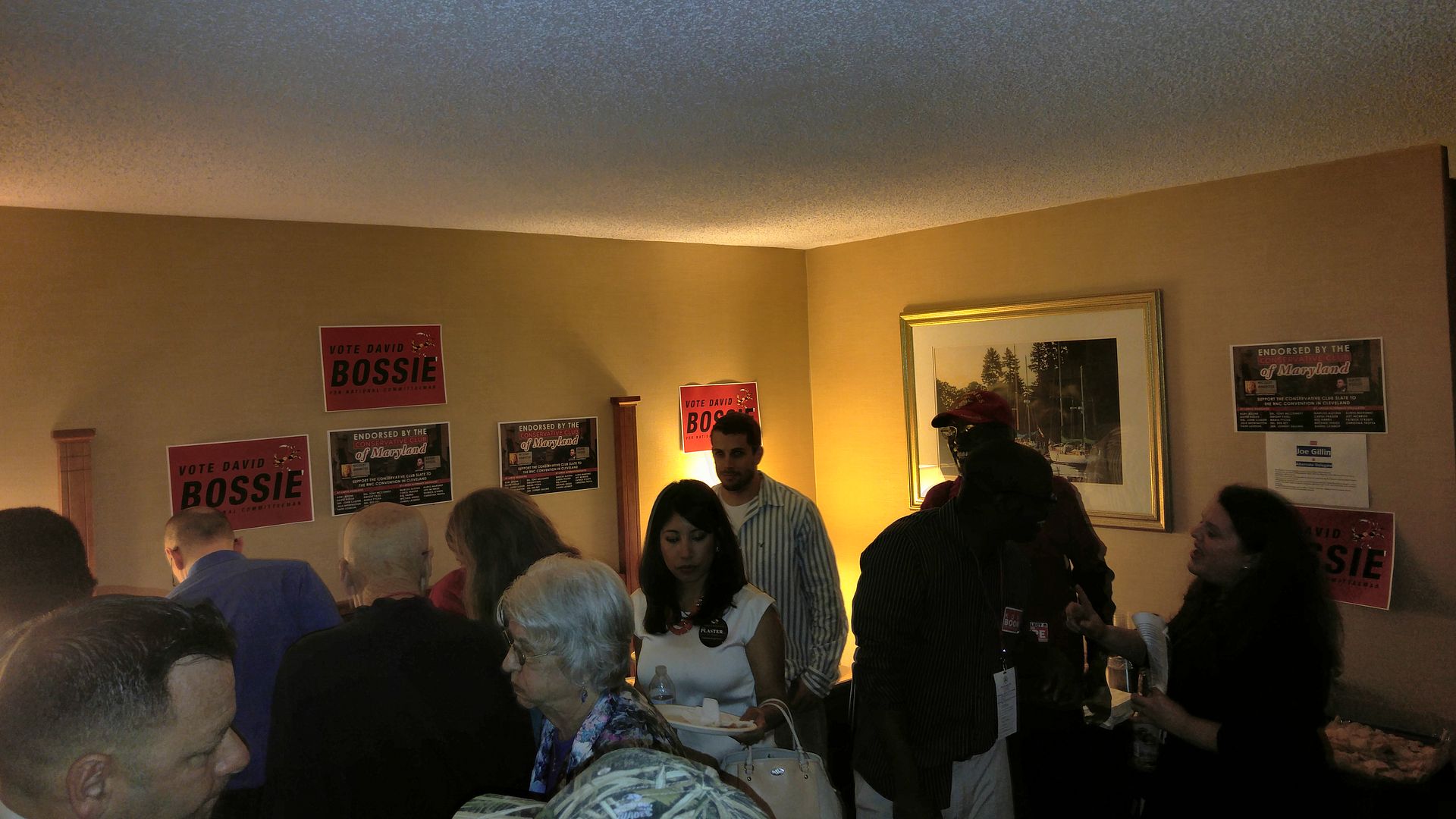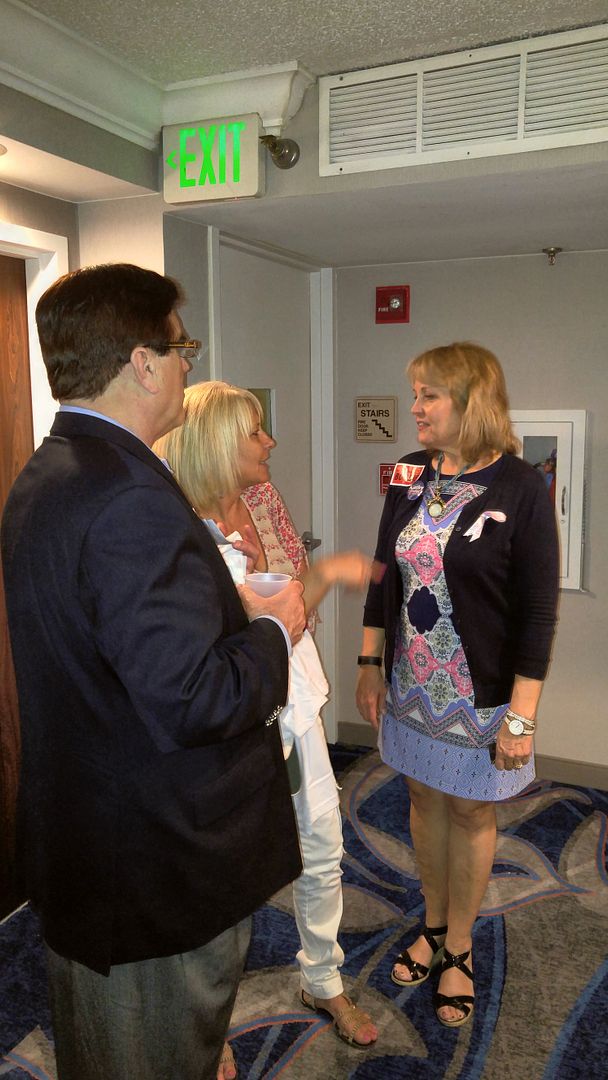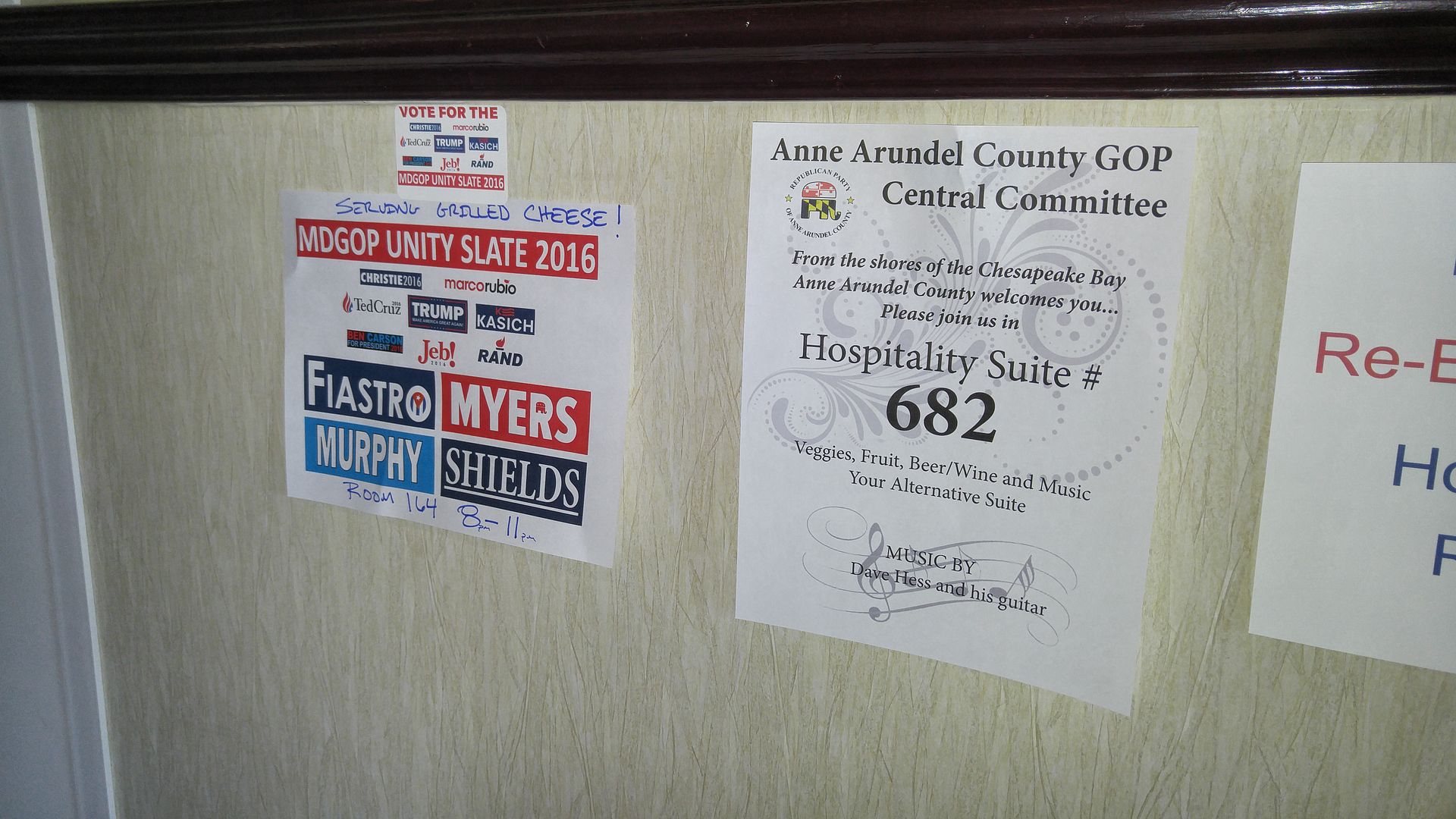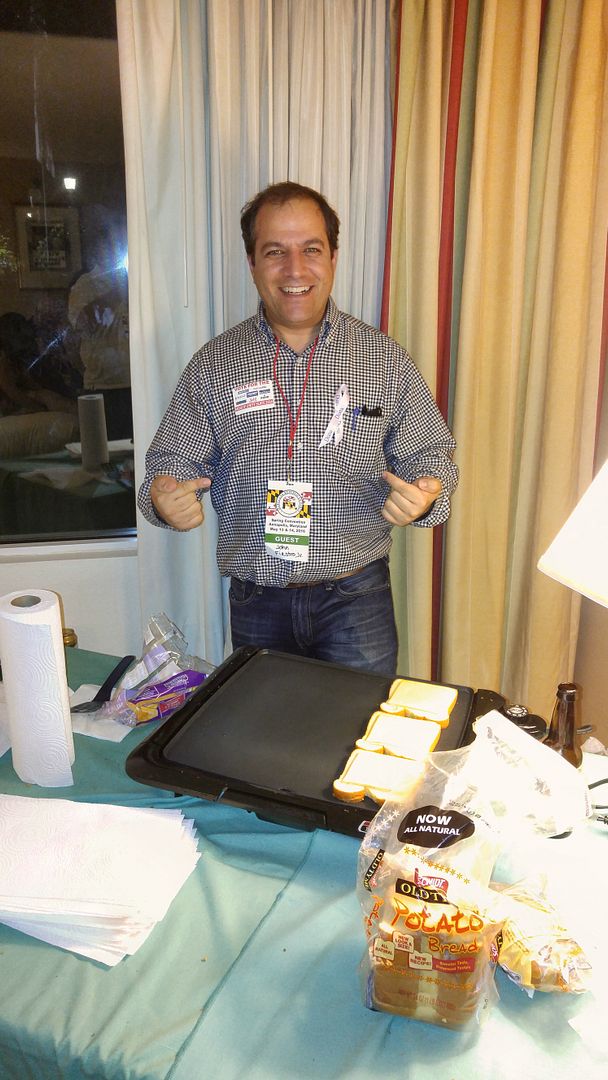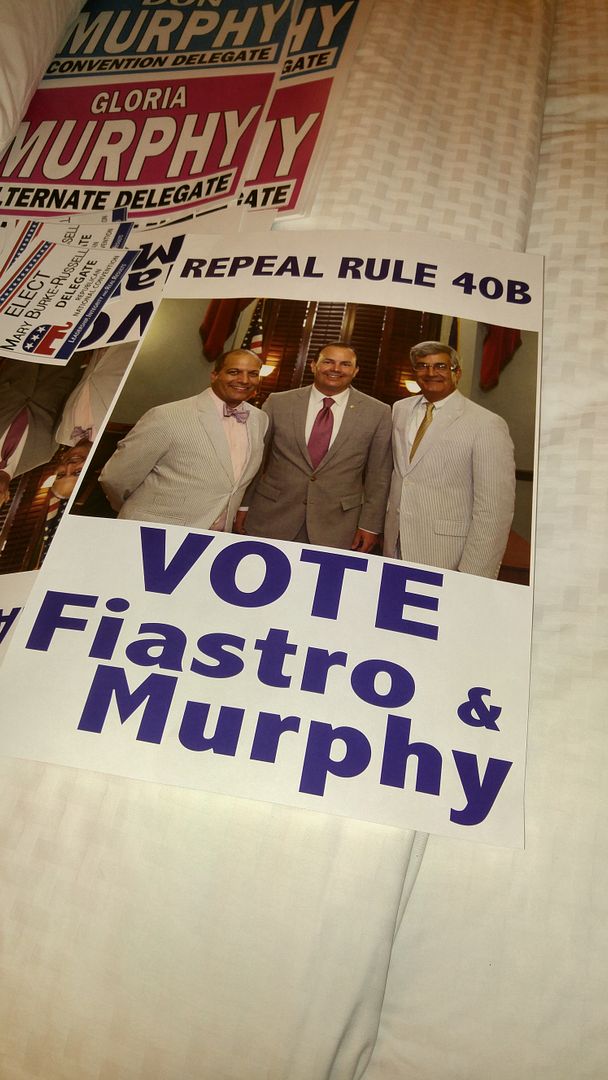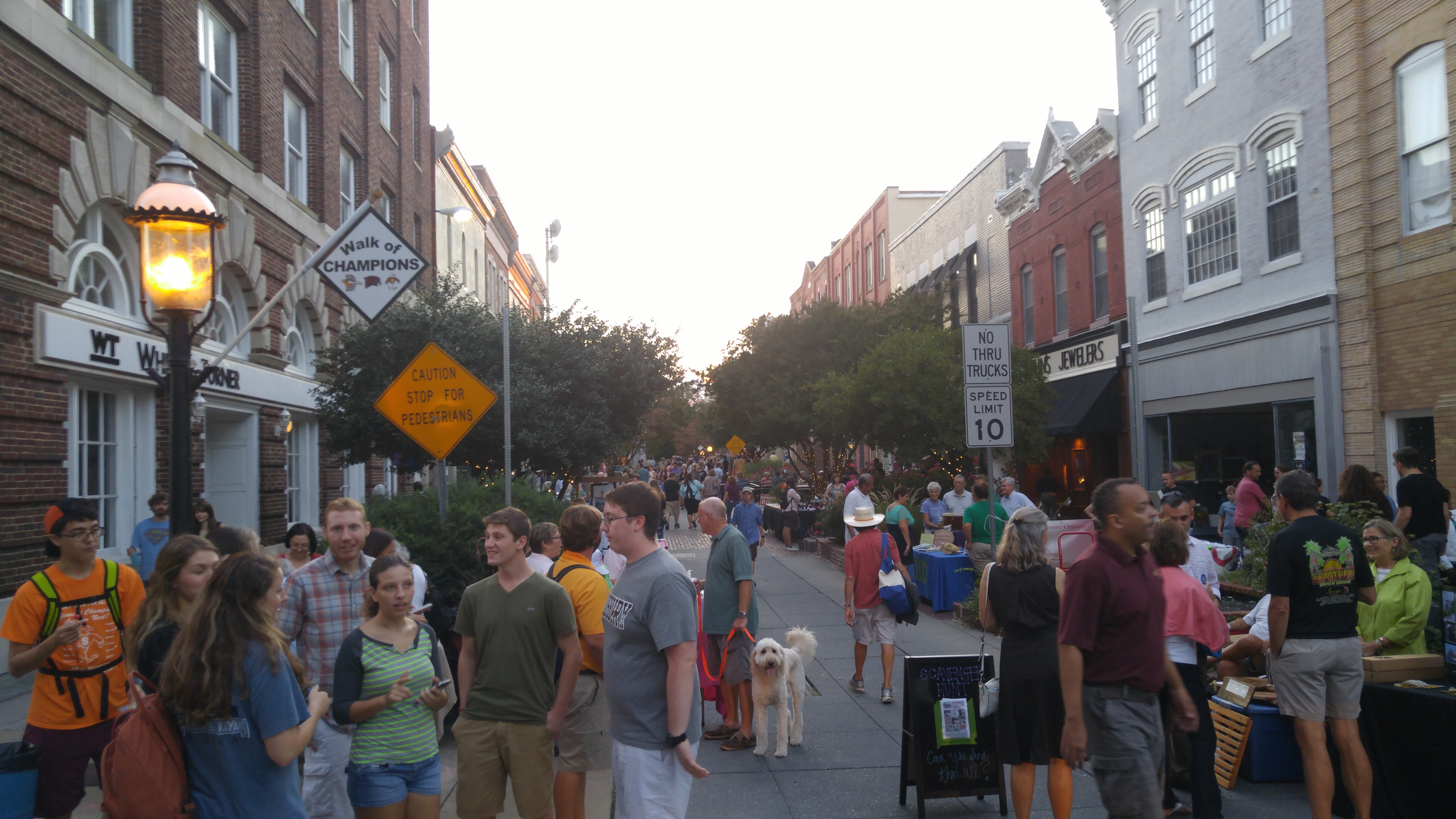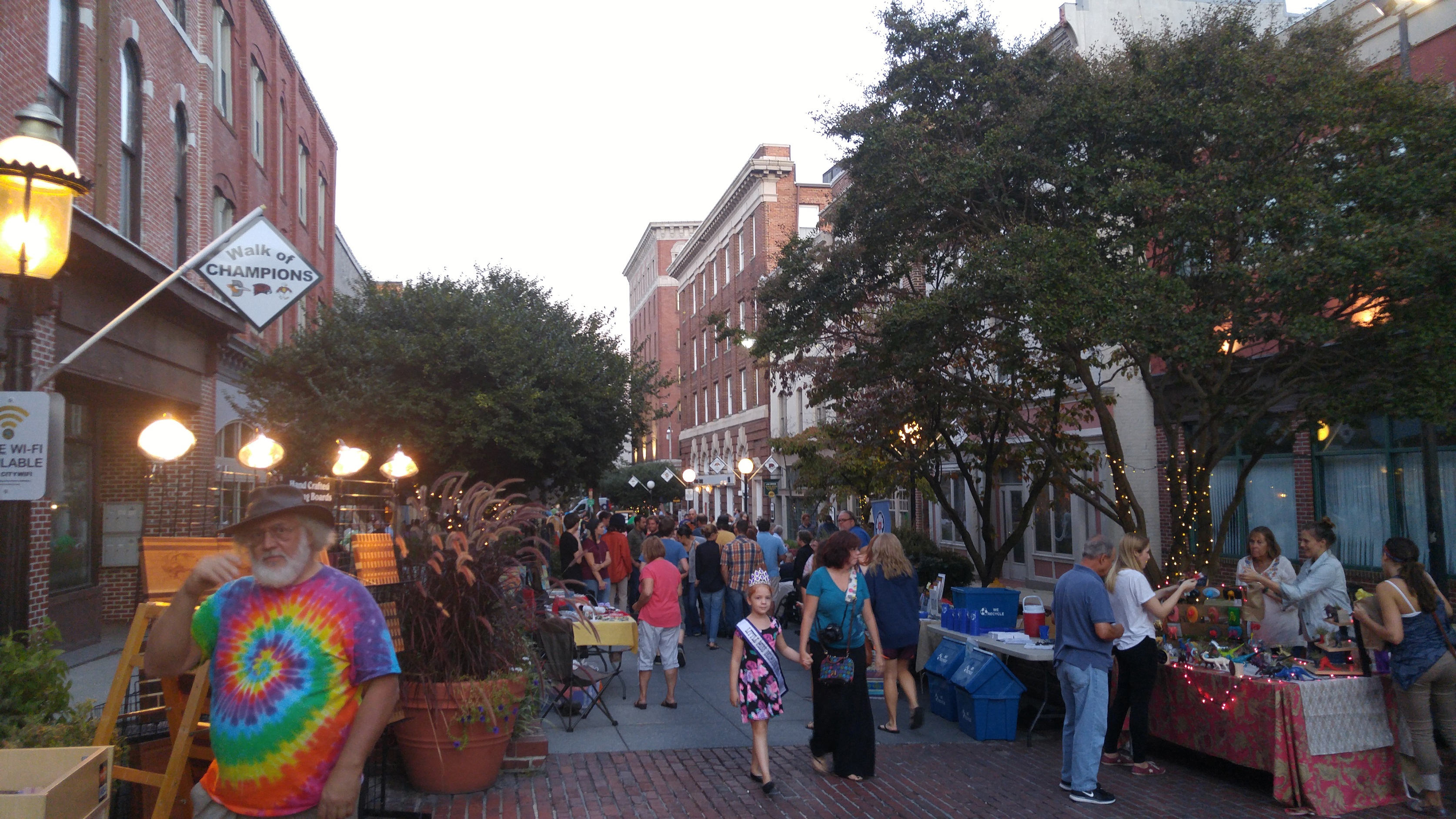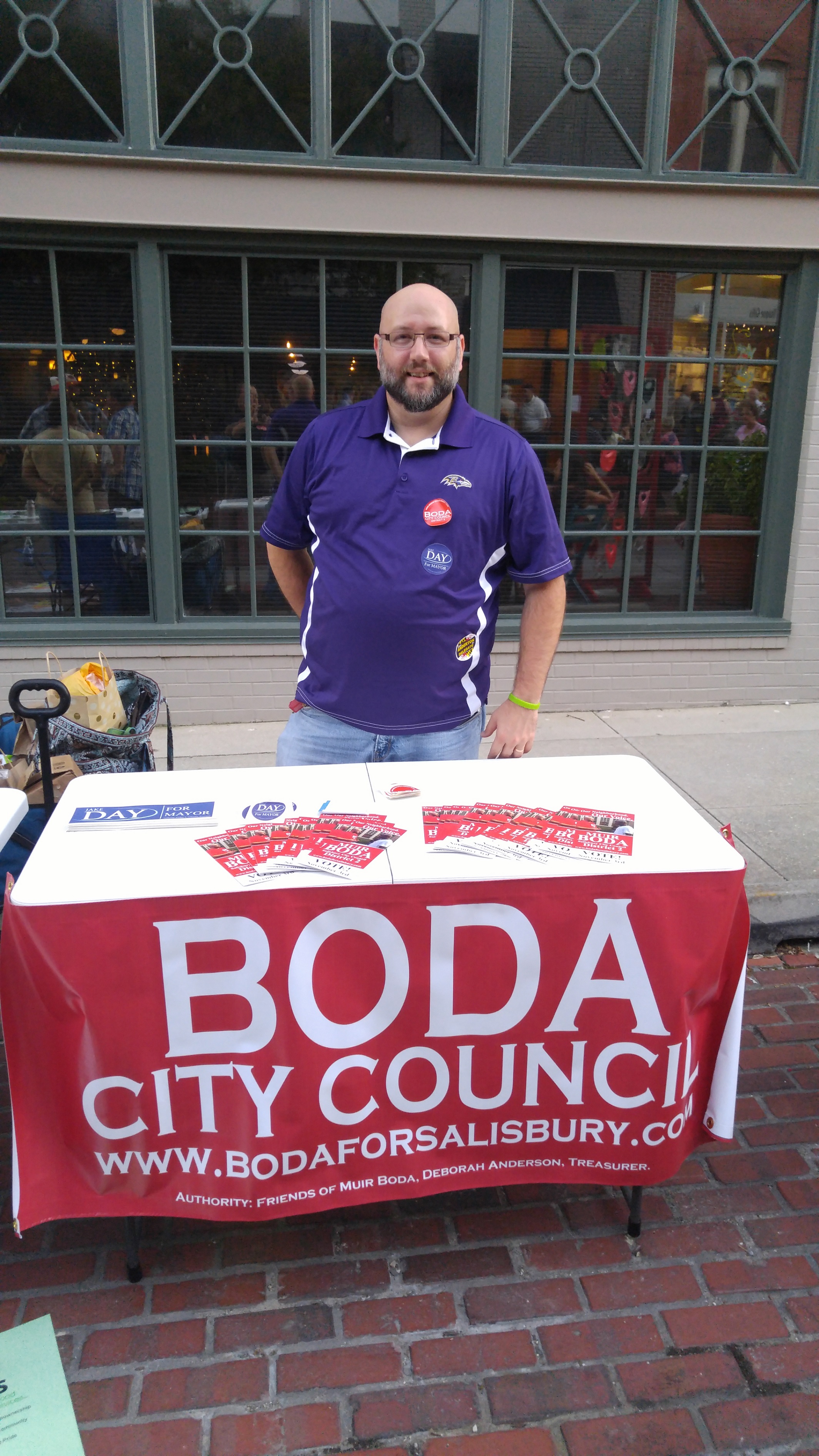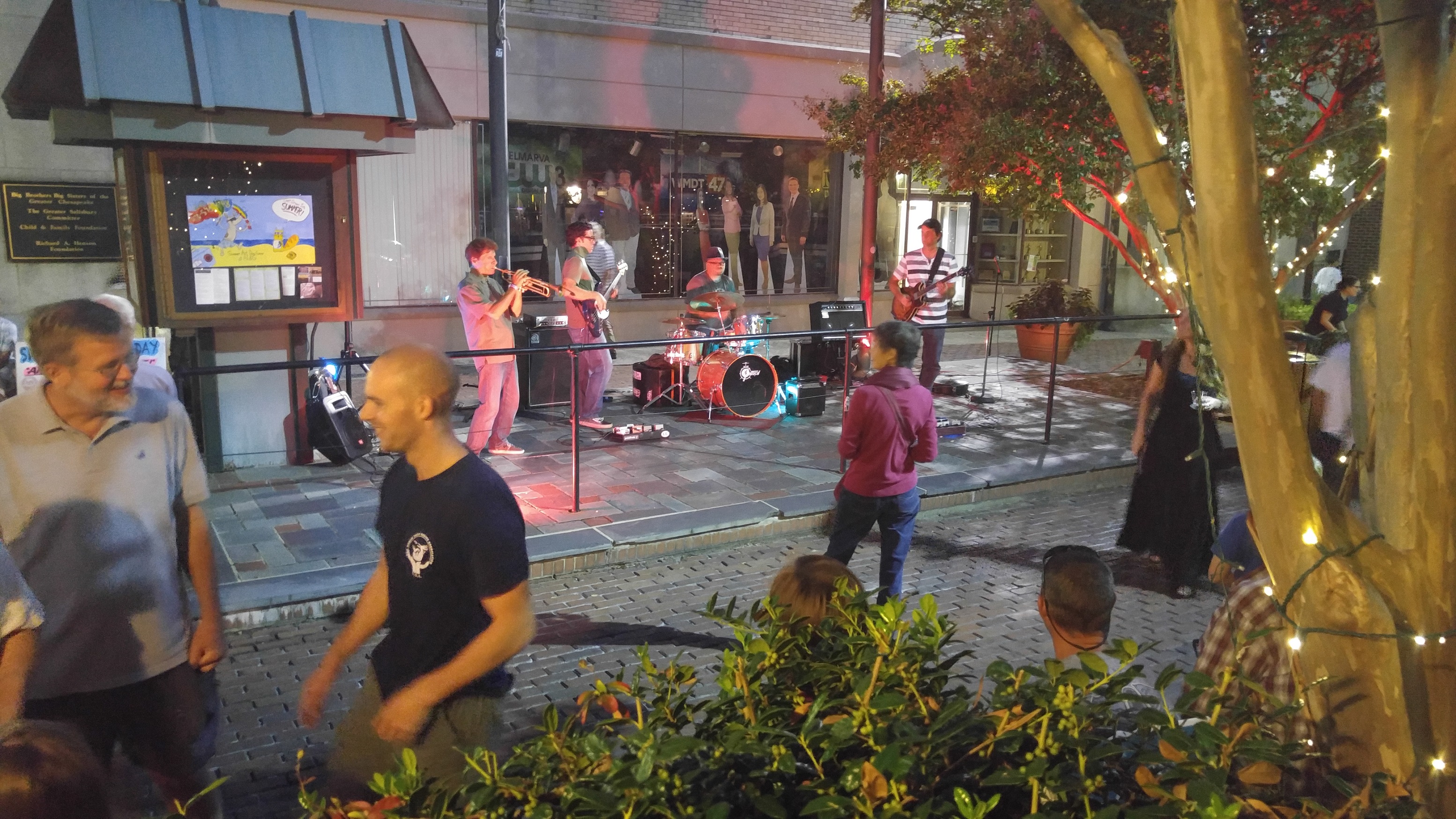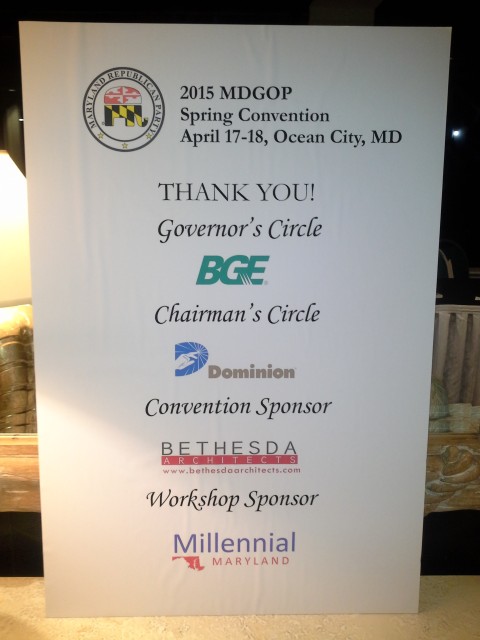It’s not all that likely people know that the woman who is probably Salisbury’s most famous widow – Mitzi Perdue – had such an interest in politics. We got to hear about that and her support for Donald Trump during our meeting Monday night.
Once we dispensed of the introductory business, we turned the meeting over to her and Perdue spoke for more than a half-hour on a number of topics – or as she called them, “things on my mind.” She was very pleased to see several younger people in the group, pointing them out as “VIPs” among us.
But after recommending the new Dinesh D’Souza movie “Hillary’s America,” saying “you’ll love it,” Mitzi revealed that she had been for Donald Trump “a long time.” She related a story that many were familiar with: the renovation of the Wollman Rink in New York City. It was a project the city had tried and failed to do for several years before Trump convinced the city of New York to give him a $3 million budget and six months to get the job done. Not only did he do so, but he made a profit. “I want somebody who is really competent,” said Perdue, “and cuts through the red tape.” It went along with her belief in smaller government and lower taxes.
Yet while Mitzi had a longstanding interest in politics, telling us “politics attracts me,” she could never take the step into running for office. It was so “incredibly tempting” though that she decided to enroll in campaign school. But there she learned that a candidate’s primary job was to deny their opponent’s identity, and she could not run under that condition. Perdue lamented the fact that campaigns aren’t about honesty or truth, pointing out the 65,000 negative ads run against Trump. As “a writer by trade,” Perdue thought “the amount of distortion was staggering.” She added her belief that Trump was “a product of where he came from,” as he grew up in Queens.
In addition, Mitzi related her opinion that in this election we are “up against an extinction-level threat.” While she asked the response of several in the room about their most important issues – and got solid answers such as illegal immigration, radical Islam, the economy, and so forth, she considered our national debt as the biggest threat. Citing a book by Reinhart and Rogoff called This Time Is Different: Eight Centuries of Financial Folly, Perdue contended that when debt becomes too great, it brings about the end of nations. Because Donald Trump “understands balance sheets,” Mitzi believed he could best address the issue. “I want a businessman who knows how to say ‘no’,” she explained.
But when Perdue was asked about illegal immigration, she noted the research that shows all the new jobs this century accrued to immigrants, which led to stagnant wages. “Labor is a commodity,” said Perdue, who also noted that, while immigrants are paying $13 billion a year in taxes, they are using $100 billion in services. “I love that (Trump) is for our citizens,” she said, adding that’s in part because “we don’t protect our borders.” A border wall is “very doable” with modern technology, she added. As an further benefit, it would slow the drug trade. “My hatred of drugs is unending,” Perdue explained.
Her next campaign task was going to be difficult, though: she was seeking a position she had contemplated as a national coordinator of volunteers. This person would evaluate the skills and aptitudes of those who wanted to work for the Trump campaign and give them appropriate tasks. Since Mike Pence had a slightly different strategy, Mitzi thought the job may not pan out.
A final question dealt with coordination between the campaigns of Trump and Maryland’s U.S. Senate hopeful Kathy Szeliga, but it morphed into a discussion about credibility since President Bush had used up a lot of his during his term of office. “Trump is cut from a different cloth,” said Perdue. As for the coordination (in particular signage) that may be up to the state and local parties.
It was an interesting talk, more or less aimed at people not sold on Trump – that would be me. Perhaps I will address this at a later date.
As for the meeting, I was pressed into service to give the Central Committee report. So I updated the club on the Board of Education, an upcoming local fundraiser for Kathy Szeliga to be held on August 20, and progress in planning the Lincoln Day Dinner.
Delegate Carl Anderton gave us an update, assessing that “everything is going great,” and that his immediate agenda would be that of trying to get local priorities funded in next year’s budget as he meets with the budget secretary.
Other issues Anderton found important were the impact of the Maryland Department of the Environment and of Obamacare, particularly the “numerous issues” constituents were having if their Obamacare plans lapsed due to non-payment. If it was a choice between that and cable, “stretch the cable bill,” said Anderton. Overall, he believed “the Lower Shore delegation is busting their humps” for us.
Speaking on the Department of Natural Resources, Joe Schanno pointed out two upcoming issues would be Sunday hunting and controlling the deer population because our area was seeing more frequent car vs. deer accidents.
We learned that we would have a GOP headquarters in the same location the Trump headquarters occupied, with the opening in late August – perhaps coordinated with 3rd Friday. Speaking of that event, Shawn Bradley stressed the need for volunteers at the GOP table there.
We “may need more volunteers” for the Crab Feast September 10, added Jim Jester. The club also authorized a package for sponsorships, which will shortly be available along with tickets to the event.
Regarding our two local womens’ Republican groups, Michelle Bradley reminded us the Greater Wicomico Republican Women would next meet August 11 at Adams Taphouse, with Delegate Christopher Adams being the featured speaker. For their part, the Republican Women of Wicomico will come off their summer break with a Brew River lunch meeting on September 7 with county Chair Mark McIver speaking, then have their Constitution Day gathering on the 17th of September, said Ellen Bethel.
Nate Sansom gave us a rundown on the local Teenage Republicans, who will get back together in August and plot out their strategy to work with both the Trump and Szeliga campaigns.
We also heard from Don Murphy, who came to thank the Central Committee for its support in sending him to the convention as a delegate. He noted that he “had never seen as much contention and dissention” at any other convention he had attended as he had seen during the Rules Committee fight. And while he was one of maybe 7 or 8 from Maryland who voted against the rules, he was one of those who did so as a Trump backer. “What Ted Cruz did was wrong,” added Murphy.
Yet as contentious as the GOP gathering was, Murphy believed it was “not even close” to what the Democrats were experiencing. “Hillary is our common enemy,” Don concluded.
So it was a very interesting meeting. The next one is slated for August 22 with a speaker to be determined.


